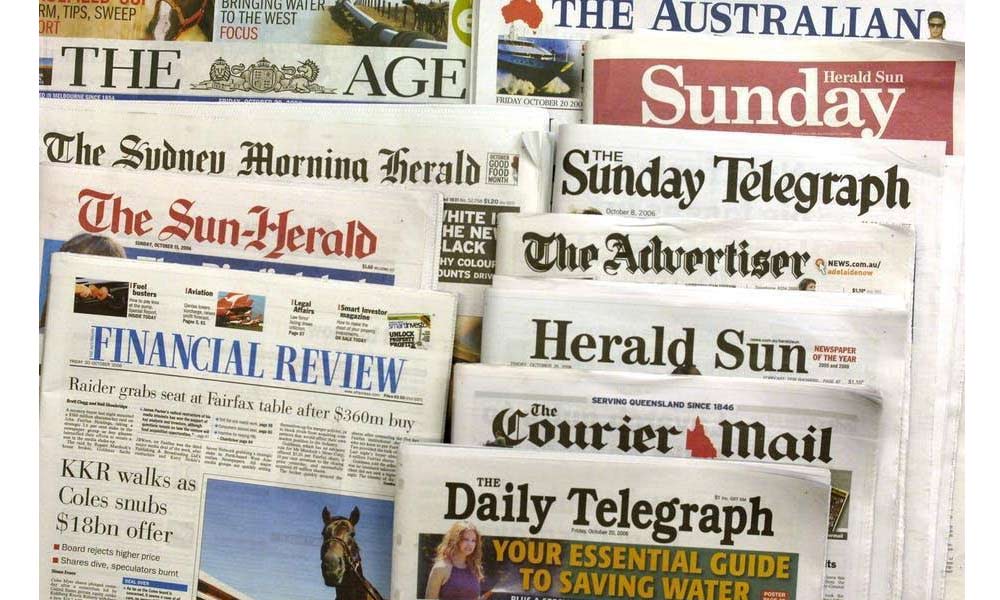Digital news outlets are always looking for interesting articles to publish – after all, they want to build their audience just as any marketer wishes to do. Depending on the size of the outlet, there will be a staff that receives anywhere from hundreds to thousands of press releases on a daily basis. That staff must sift through these and choose those that stand out as exciting, unique, and interesting to their audiences.
If you are looking to get a press release picked up by news outlets, then you must first realize that the competition is fierce. Like cream, yours must rise to the top of that milk bottle and capture the attention of those who are screening and making decisions about which to publish.
There are some key strategies that will help you become that “cream.” Here are 12 of them.
Do Your Research
If you have just launched a new video game, PBS is obviously not a news outlet that should be on your radar. While this is an extreme case, many marketers make the mistake of shooting their press releases to anyone and everyone. If they continue to do this, editors will begin to see them as “spammers” in the industry and come to ignore them.
Choose only those news outlets that have the same audience as you. When your press release can resonate with their audience, they will take a second look.
Use a Standard Template
Press releases are not like blog posts. They follow a certain pattern and sequence. If you are new to this business of writing them, then get a template that you can easily follow. While it will not help you write the copy, it will keep you organized and able to prioritize the sequence you need to follow.
Tie to a Trending Topic if Possible
During the water crisis in Flint, Michigan, a number of bottled water manufacturers donated large amounts of their product to those residents – a perfect press release topic. If you can’t find a trending topic, then perhaps you have a product that fits gift-giving during a holiday season or a particular season of the year. The pandemic gave rise to a large number of press releases that featured products, services, or charitable outreach for homebound people.
Nail the Headline
The staff at the news outlet Upworthy spends as much time coming up with a headline as they do the actual article. They understand that the headline is what first captures attention. All journalists do. You cannot be mundane or boring. If you are not the creative type, then use a few headline creation tools that should help. Read headlines from other news sources, and you will get a good idea of those that pique your interest and cause you to want to read more.
Consider these two examples:
“______ Releases New Video Game for Young Teens” vs.
“Young Teens Getting Amazing Virtual Reality Experience with New Game”
Which would resonate more with you?
Give the Important Information in the Beginning
Reporters answer the questions, what, who, when, where, and why. You need to do the same at the beginning of your article. Be brief, but give all of the key information right away. You provide the details later. But there are just a couple of critical points you want to make, based on your headline. If it’s for young teens, it is probably PG-rated; what constitutes the general nature of the game – adventure perhaps?; perhaps provide a quick example of where the VR experience will “transport” the player, allowing him to engage in battle but without the blood and gore of adult games.
Only One Potato at a Time
It’s an old saying, but true. You can only plant and harvest one potato at a time. And so, it goes for press releases. You may have several items that are newsworthy. But each press release should focus only on one topic or item. There are times when details you ultimately provide cover more than one specific item, but the general topic must be singular.
For example, Toms Shoes is an e-commerce company that focuses heavily on its charitable outreach. It began with a single program – giving away a pair of shoes to a needy child for each pair purchased. Since that time though, it has expanded its “giving” programs to cover eye care, pre-natal care, clean water, and more. A headline might read, “Toms Shoes wants you to get involved as it expands its global giving.” The details will then outline each of these programs, encouraging consumers to participate by making a purchase. Here, they play upon the human need to “do good” and even get a bit of marketing in -make a purchase.
Let the Reader “Snack”
Divide your press release by sub-headings, so that an editor can skim it. In the case of Toms Shoes, for example, each of the giving programs deserves a brief sub-heading and then a short description of the project.
Be as Brief and as Simple as Possible
Remember, you are not writing the best dissertation ever. You are writing for a consuming audience that likes to get quick information in as simple a language as possible – about the 7th or 8th grade reading level. No one wants complex sentences or sophisticated vocabulary.
Quote and Expert or Two
The “expert” does not have to be the company CEO. He can be a thrilled consumer, for example, who speaks to his happy experience with your product. He is an expert because he has actually purchased and used the product and has first-hand knowledge.
Always Provide the Place for More Information
There’s a lot of detail that does not belong in a press release. So, provide a link to a page on your website where that further detail can be found. This should come toward the end of the press release after the consumer has skimmed through the release.
Don’t forget SEO
A lot of marketers don’t think about SEO in a press release, but Google may very well pick up on it if there are trending keywords/phrases placed naturally within the text of the release. Research the top keywords for your niche and place them where you can.
Use Visuals
These can be captivating and provide more information than actual text. Plus, as marketers know, visuals are processed far more quickly than printed words. A screenshot from that new video game, for example, will provide a taste of what consumers can expect from the product.




Leave A Comment
You must be logged in to post a comment.